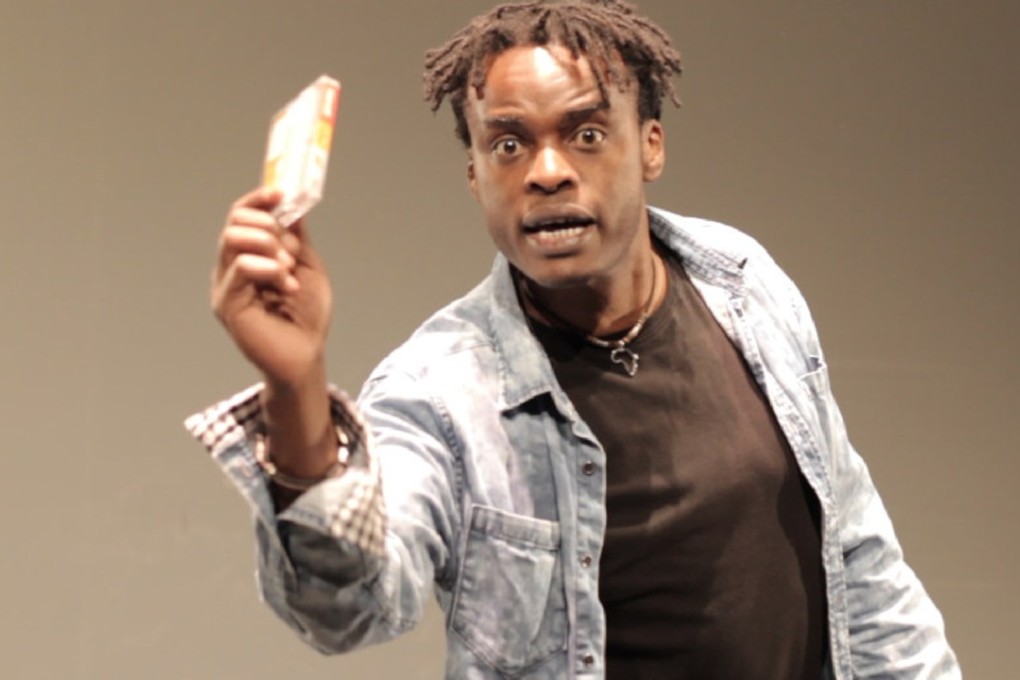Africa’s artists step from shadows of colonialism and into the limelight
Western influences still cloud continent’s cultural and artistic identity, but its entertainers now changing this paradigm – one dance, song and story at a time

Western cultural identity, norms, and traditions have dominated the global art scene for centuries. Colonialism – a policy of acquiring full or partial political, economic, and cultural control over another country – has played a key role in this.
Education under colonial rule wasn’t designed to make us Africans think. It was made to make us follow, to turn us into zombies
Besides exploiting a country’s resources and people for Western economic gain, the practice also affected local culture and artistic traditions, which were often seen – and therefore treated – as inferior.
Take Africa which, together with Asia and Latin America, was a prime target for European imperialists. While the European wave of colonisation, which lasted from the 1600s to the late 1900s, belongs to the history books, its effects linger.
Even now, school and university curriculums – some exceptions aside – still, to a large extent, revolve around European historical figures, leaders, statesmen, political figures, authors, painters, and artists. The same applies to what is taught in the continent’s art schools.
Telling Africa’s own stories

African art students are mainly taught Shakespeare and how to tell Western stories in a Western way. We need to start telling our own stories
The piece, a collaboration with playwright Yaël Farber, is based on her life as a woman of colour in apartheid South Africa, including the humiliations, fears, sadness, loss, and emotional pain she faced. “We need to start telling our own stories.”
